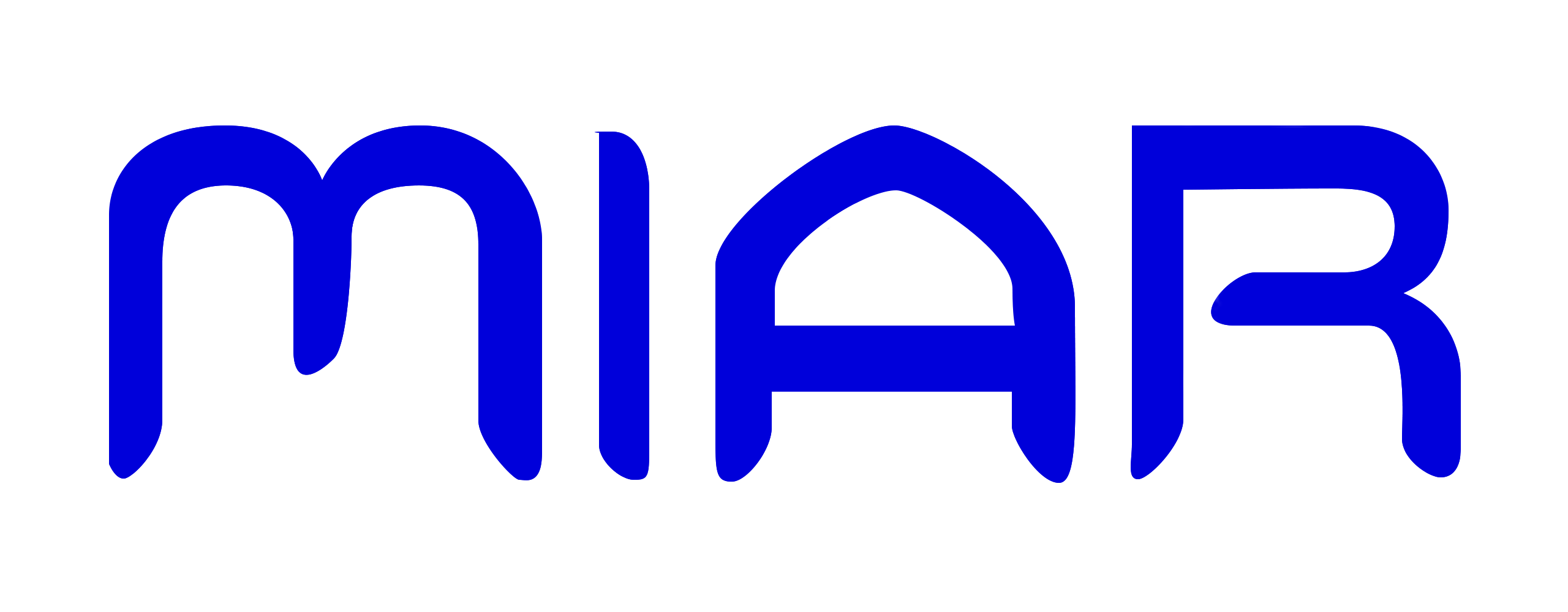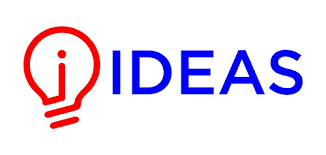Article | Open Access | Published: 15 June 2013
Changing Sugar Consumption Pattern in Pakistan and Increasing Sugar Industry Profitability
| Views: | 161 | | | Downloads: | 117 |
Abstract:
The major aim of this study was to evaluate the impact of price hikes and purchasing power on the sugar consumption pattern of individuals in Pakistan. The constant rising prices of food commodities including sugar, and the sugar crises the country mostly is seen caught into prompted researcher to conduct this study. The study involved the use of questionnaires filled by 240 respondents and financial data of three sugar mills for 2010-11 for financial analysis. The respondent individuals belonged to different age groups, social classes, and areas of residence. To analyze the data, Regression, ANOVA and Correlation tests were applied. Data from three different sugar mills from three different provinces of Pakistan was also collected and financial analysis of their annual reports was conducted to determine their growing profits. The analysis and comparative results suggested that individuals in Pakistan have decreased their sugar consumption due to increasing prices, while sugar mills are earning huge profits. It was also concluded that higher profits earned by the sugar mills were due to artificial shortages created by cartel making by the sugar mill owners in Pakistan. The outcomes of the research might help the corporate decision-makers, government policy formulators, and other related quarters to understand the impact of rising prices of commodities in Pakistan and to understand the overall dynamics and mechanism of the sugar sector in Pakistan.
Keywords:
Consumption, Rising prices, Sugar sector, High profit
Publisher:
ILMA UNIVERSITY
Published:
15 June 2013
Issue:
Issue 1 : Volume 9
E-ISSN:
2409-6520
P-ISSN:
2414-8393
This is an open access article distributed under the terms of the Creative Commons Attribution CC BY 4.0 license, which permits any use, distribution, and reproduction of the work without further permission provided the original author(s) and source are credited.














